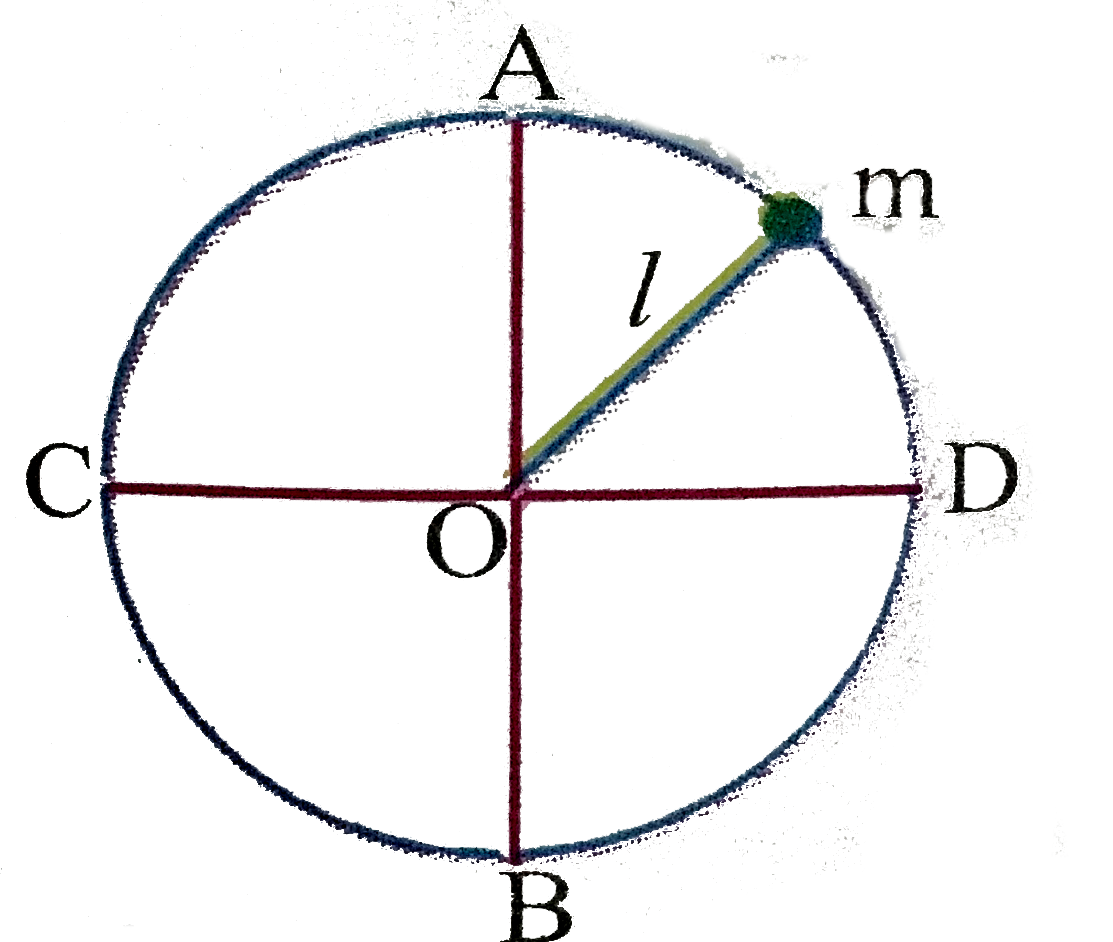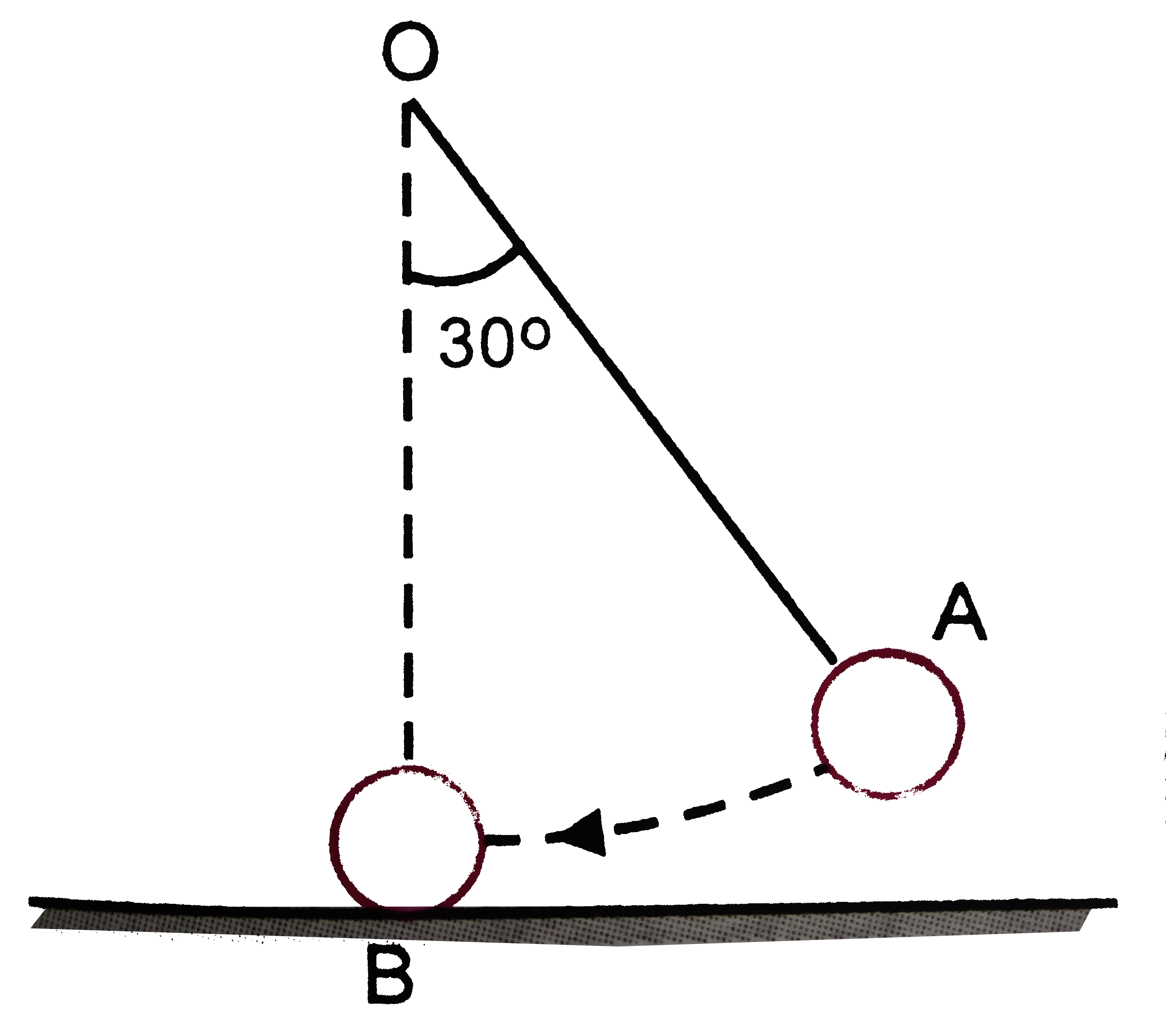Complete Solutions to C.U.Q-Key of chapter WORK POWER AND ENERGY of Class 11 book with complete answers and questions
| Class 11 | PHYSICS |
| Chapter | WORK POWER AND ENERGY |
| NARAYANA | C.U.Q-Key |
| Number Of Questions | 75 |
| Academic Year | 2023-24 |
In which of the following, the work done by the mentioned force is negative ? The work done by
View SolutionA man pushes a wall and fails to displace it.He does
View SolutionA bucket full of water is drawn up by a person. In this case the work done by gravitational force is
View SolutionA man is rowing a boat upstream and inspite of that the boat is found to be not moving with respect to the bank. The work done by the man is
View SolutionA ball is thrown vertically upwards from the ground. Work done by air resistance during its time of flight is
View SolutionAn agent is moving a positively charged body towards another fixed positive charge. The work done by the agent is
View SolutionWork done by force of static friction .
View SolutionPotential energy is defined for
View SolutionWhich of the following forces is called a conservative force ?
View SolutionIdentify the non-conservative force in the following
View SolutionIf `x,F` and `U` denote the dispalcement, force acting on and potential energy of a particle then
View SolutionIn the case of conservative force
View SolutionThe change in kinetic energy per unit 'space' (distance) is equal to
View SolutionWhen the momentum of a body a doubled, the kinetic energy is
View SolutionFor the same kinetic energy, the momentum shall be maximum for which of the following particle ?
View SolutionIf the momentum of a particle is plotted on `X-`axis and its kinetic energy on the `Y-`axis, the graph is a
View SolutionWhen two identical balls are moving with equal speed in opposite direction, which of the following is true ? For the system of two bodies.
View SolutionThe product of linear momentum and velocity of a blood represents.
View SolutionThe `KE` of a freely falling body
View SolutionConsider the following two statements:
A. Linear momentum of a system of partcles is zero.
B. Kinetic energ of a system of particles is zero.
View SolutionInternal forces can change
View SolutionIf the force acting on a body is inversely proportional to its speed, then its kinetic energy is
View SolutionWhich of the following graphs depicts the variation of `KE` of a ball bouncing on a horizontal floor with height ? (Neglect air resistances)
View SolutionWhich of the following statements is correct?
View SolutionTwo bodies of unequal masses have same linear momentum. Which one has greater K.E. ?
View SolutionTwo bodies of masses `m_(1)` and `m_(2)` have equal `KE`. Their momenta is in the ratio
View SolutionA body can have
View SolutionA rock of mass `m` is dropped to the ground from a height `h`. A second rock, with mass `2m`, is dropped from the same height. When the second rock strikes the ground, what is its kinetic energy? (a) Twice that of the first rock, (b) four times that of the first rock, (c) same as that of the first rock, (d) half as much as that of the first rock, (e) impossible to determine.
View SolutionThese diagrams represent the potential energy `U` of a diatomic molecule as a function of the inter-atomic distance `r`. The diagram corresponds to stable molecule found in nature is.
View SolutionTwo springs have their force constants `K_(1)` and `K_(2)` and they are stretched to the same extension. If `K_(2) gt K_(1)` work done is
View SolutionTwo spring have their force constants `K_(1)` and `K_(2)(K_(2) gt K_(1))`. When they are stretched by the same force, work done is
View SolutionA lorry and a car moving with the same `KE` are brought to rest by applying the same retarding force. Then
View SolutionA shell is fired into ait at an angle `theta` with the horizontal form the ground. On reaching the maximum height
View SolutionA cricket ball and a ping-pong ball are dropped. When they vacuum chamber from same height. When they have fallen half way down, they have the same
View SolutionA cyclist free-wheels from the top of a hill, gathers speed going down the hill, applies the brakes and eventually comes to rest at the bottom of the hill. Which one of the following energy changes take place.
View SolutionIf 'E' represents total mechanical energy of a system while 'U' represents the potential energy, then `E-U` is
View SolutionFor a body thrown vertically upwards, its direction of motion changes at the point where its total mechanical energy is
View SolutionInternal forces can change
View SolutionThe negative of the work done by the conserative internal forces on a system equals the change iln
View SolutionWhich of the following statements is wrong ?
View SolutionWhen a body falls from an aeroplane there is increase in its :
View SolutionA body is moved along a straight line by a machine delivering constant power . The distance moved by the body is time `t` is proptional to
View SolutionA particle is projected at `t = 0` from a point on the ground with certain velocity at an angle with the horizontal. The power gravitational force is plotted against time. Which of the following is the best representation ?
View SolutionA body starts from rest and acquires velocity `V` in time `T`. The instantaneous power delivered to the body in time 't' proportional to
View SolutionA car drives along a straight level frictionless road by an engine delivering constant power. Then velocity is directly proportional to
View SolutionA particle is projeced with a velocity `u` making an angle `theta` with the horizontal. The instantaneous power of the gravitational force
View SolutionA motor car of `m` travels with a uniform speed `v` on a convex bridge of radius `r`. When the car is at the middle point of the bridge, then the force exterted by the car on the bridge is
View SolutionA gramphone record is revolving with an angular velocity `omega`. A coin is placed at a distance `R` from the centre of the record. The static coefficient of friction is `mu`. The coin will revolve with the record if
View SolutionA small sphere of mass 'm' is attached to a cord and rotates in a vertical plane about a point `O`. If the average speed of the sphere is increased, the cord is most likely to break at the orientation when the mass is at :
 .
.
View SolutionA car is moving up with uniform speed along a fly over bridge which is part of a vertical circle. The true statement from the following is
View SolutionA bottle of soda water is rotated in a vertical circle with the neck held in hand. The air bubbles are collected
View SolutionA vehicle is moving with uniform speed along horizontal, concave and convex surface roads. The surface on which, the normal reaction on the vehicle is maximum is
View SolutionA ball with initial momentum `vec P` collides with rigid wall elastically. If `vec(P^(1))` be its momentum after collision then
View SolutionChoose tha false statement
View SolutionTwo particles of different masses collide head on. Then for the system
View SolutionA `2 kg` mass moving on a smooth frictionless surface with a velocity of `10 ms^(-1)` hits another `2 kg` mass kept at rest, in a perfect inelastic collision. After collision, if they move together
View SolutionIn an elastic collision
View SolutionIn an inelastic collision, the kinetic energy after collision
View SolutionA ball hits the floor and rebounds after an inelastic collision. In this case
View SolutionAbout a collision which is not correct
View SolutionIn one-dimensional elastic collision, the relative velocity of approach before collision is equal to
View SolutionTwo identical bodies moving in opposite direction with same speed, collide with each other. If the collision is prefectly elastic then
View SolutionA body of mass 'm' moving with certain velocity collides with another identical body at rest. If the collision is perfectly elastic and after the collision both the bodies moves
View SolutionSix steel balls of identical size are lined up along a straight frictionless groove. Two similar balls moving with speed `v` along the groove collide with this row on the extreme left end. Then
View SolutionA lighter body moving with a velocity `v` collides with a heavier body at rest. Then
View SolutionA heavier body moving with certain velocity collides head on elastically with a lighter body at rest, then
View SolutionA perfectly elastic ball `P_(1)` of mass 'm' moving with velocity `v` collides elastically with three exactly similar balls `P_(2), P_(3), P_(4)` lying smooth table. Velocity of the four balls after collision are
 .
.
View SolutionTwo bodies `P` and `Q` of masses `m_(1)` and `m_(2)` `(m_(2) gt m_(1))` are moving with velocity `v_(1)` and `v_(2)` force exerted by `P` on `Q` during the collision is
View SolutionThe coefficient of restitution `( e)` for a perfectly elastic collision is
View SolutionA ball of mass `M` moving with a velocity `v` collides perfectly inelastically with another ball of same mass but moving with a velocity `v` in the opposite direction. After collision
View SolutionA ball of mass 'm' moving with speed 'u' undergoes a head-on elastic collision with a ball of mass 'nm' initially at rest. Find the fraction of the incident energy transferred to the second ball.
View SolutionThe bob A of a simple pendulum released from `30^(@)` to the vertical hits another bobo B of the same mass at rest on a table as shown in figure. How high does the bob A rise after the collision ? Neglect the size of the bobs and assume the collision to be elastic.

View SolutionTwo sphere 'X' and 'Y' collide. After collision, the momentum of `X` is doubled. Then
View SolutionA bullet is fired into a wooden block. If the bullet gets embedded in wooden block, then
View SolutionDuring collision, which of the following statement is wrong ?
View Solution
C.U.Q-Key questions and complete solutions for chapter WORK POWER AND ENERGY of NARAYANA PHYSICS (HINGLISH) of Class 11